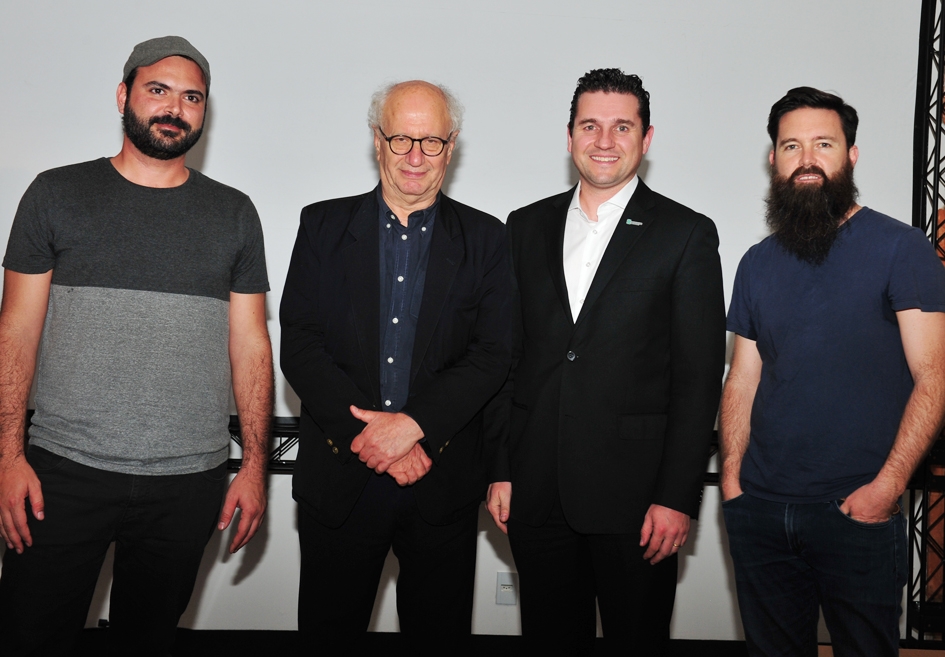Applying colors to luxurious handbags, wicker ceiling lamps with non-traditional shades, lamps made from crumpled aluminum. Material innovation in design was the theme of the International Seminar “The form follows the material” by Italian Clino Trini Castelli, Chilean Cristian Domínguez and Brazilian Brunno Jahara. An initiative organized by the Brazilian Trade and Investment Promotion Agency (Apex-Brasil) and the Furniture Industry Association of Bento Gonçalves (Sindmóveis), the event was held on Wednesday, Aug 12, during the São Paulo Design Weekend. A pioneer in the study of the application of color to different design items, Castelli has in his curriculum vitae celebrated brands such as Lamborghini, Fiat and Louis Vuitton. The Italian, who is a simplicity enthusiast of product design, supports the idea that the material is the basis of all forms. “Although form is important, it gives space to the color and plays a secondary role,” he points out. Castelli also argues that design is moving away from forms and focusing on other concepts. Domínguez and Jaharaa have a unique way to explore the use of different materials. Lighting products made from wicker and home items made from pine wood with natural finish are the flagships of the Chilean designer. “My idea is to work the sensory aspects of the product. One of the lines gives the impression that you can eat the objects. That is what the material communicates, because of its texture. During the lecture, Domínguez also called attention to the mistaken role of local designers. “New designers in Latin America are dedicated to design, manufacture and sell. The same is not true in Europe.” Jahara, who used to be part of the Fabrica design department, the Communication and Research Center of Benetton, does not give up his Brazilianness wherever he goes. To enhance the nature and culture of Brazil, he combines wood, brass, porcelain, glass, plastic and paper in his pieces. In his hands, aluminum gains a playful language with just a few hammer blows. This is true for the line of vases and lamps made by applying this technique. How about developing fruit racks from color bottle caps? The result only reinforces the continuous search for sustainability in Brunnos work. The lectures were held at the Jockey Club, with the consultancy of design critic Maria Helena Estrada.
. .
International stars open the way for design innovation


